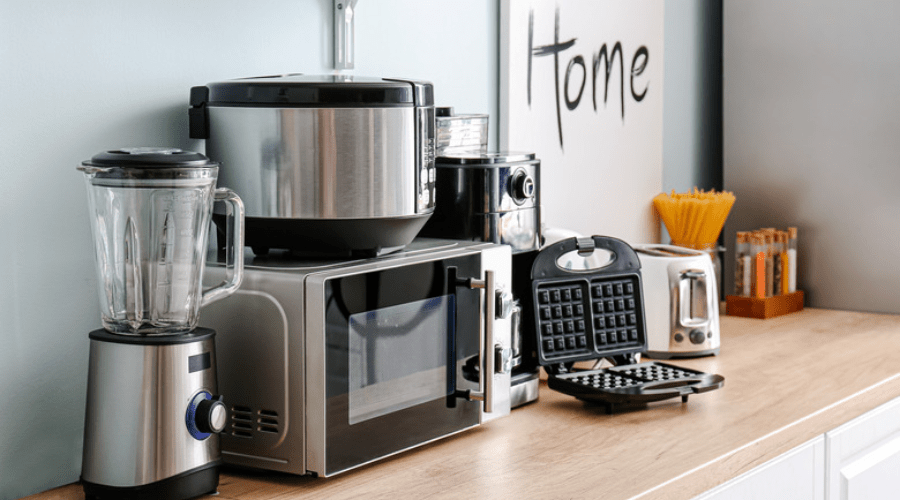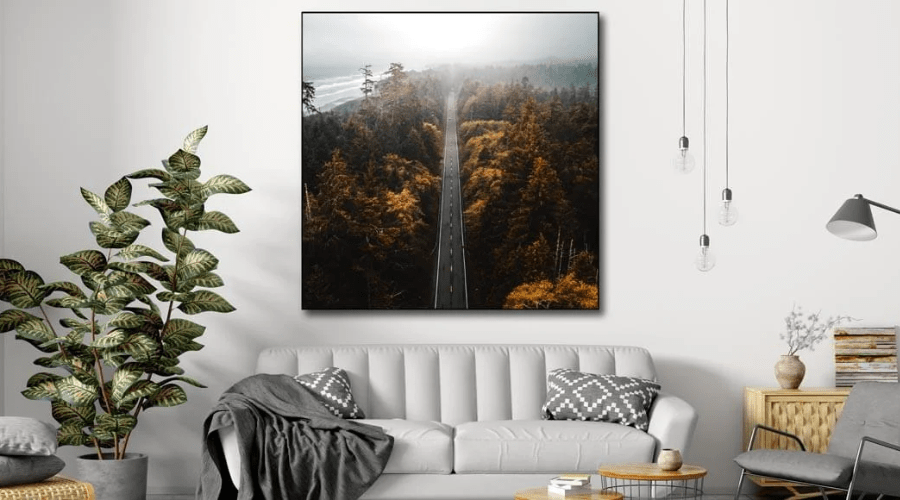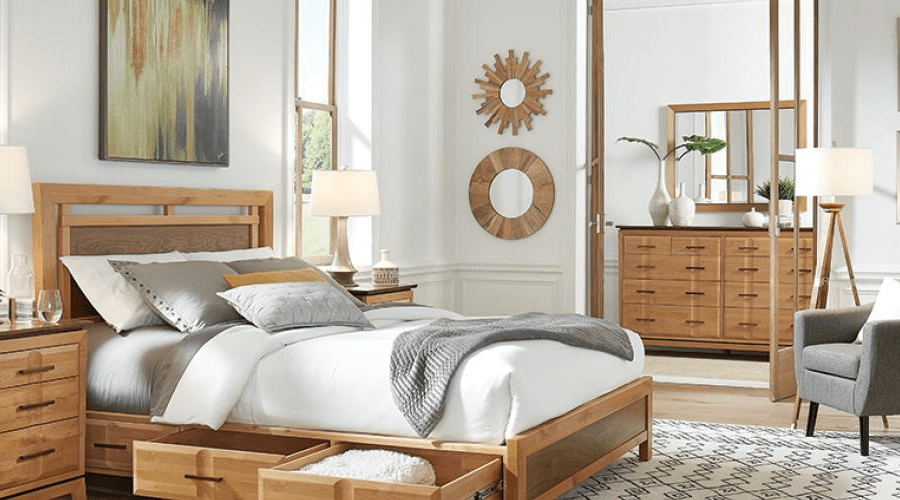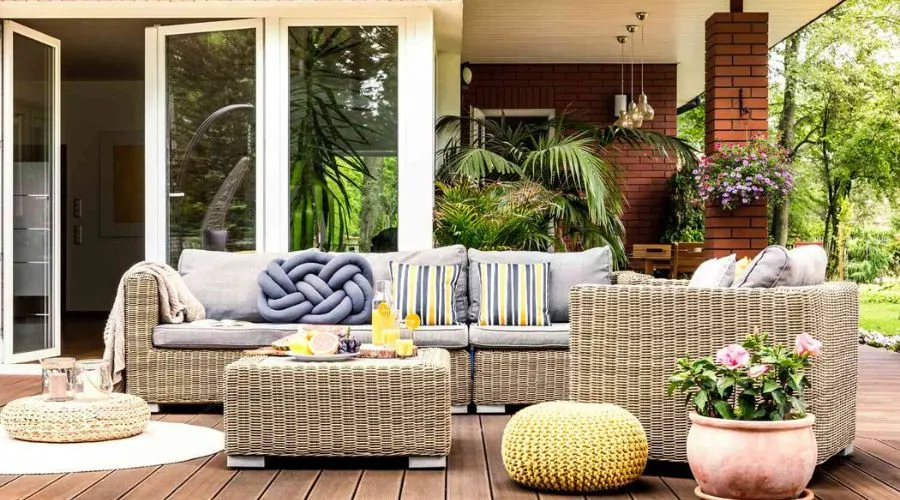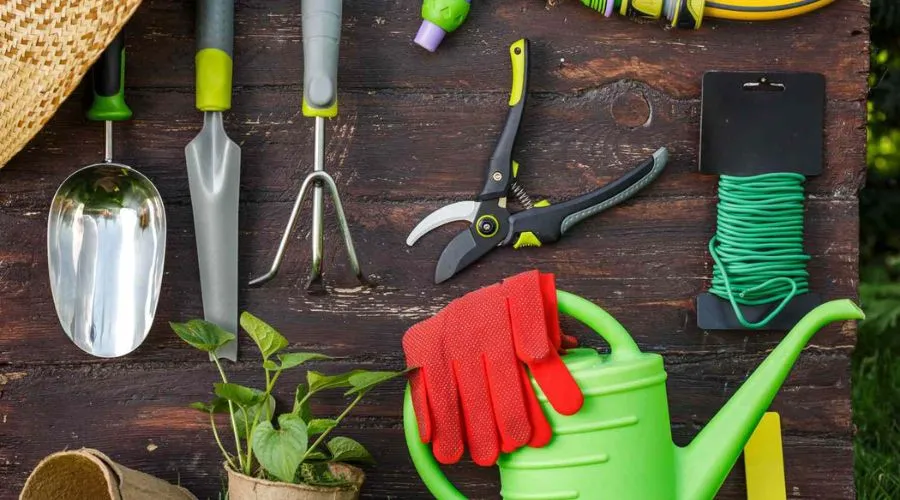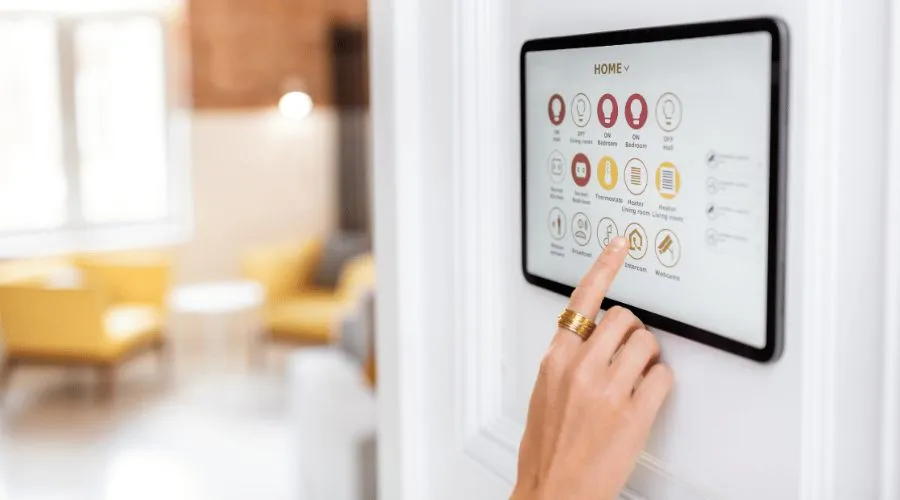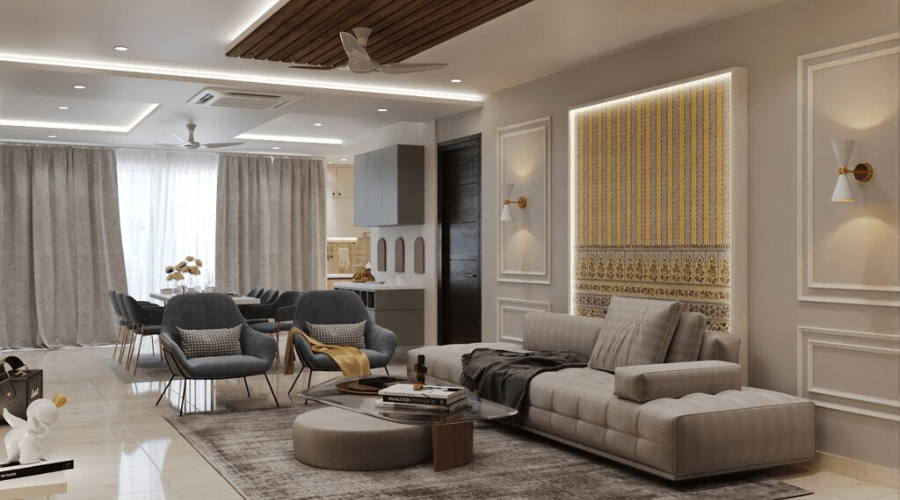
In the realm of aesthetics and functionality, interior design stands as the guiding force that shapes the spaces we inhabit. It is an art that goes beyond mere decoration, seamlessly blending creativity with practicality to create environments that not only please the eye but also enhance the quality of life. In this blog, we delve into the fascinating world of interior design, exploring its principles, trends, and the transformative power it holds.
The Essence of Interior Design
At its core, interior design is about creating spaces that reflect the personality and needs of those who occupy them. It’s a delicate balance between form and function, aesthetics and usability. Interior designers are akin to storytellers, weaving narratives through colors, textures, and spatial arrangements. The goal is to evoke emotions, enhance experiences, and, ultimately, make a house feel like a home.
Principles of Interior Design
To achieve a harmonious and visually appealing space, designers adhere to fundamental principles:
1. Balance
Balance is the key to a well-designed room. It involves distributing visual weight evenly to create equilibrium. There are two types of balance: symmetrical and asymmetrical. Symmetrical balance is achieved by mirroring elements on either side of a central point, while asymmetrical balance involves more complex arrangements that achieve balance through contrast.
2. Harmony
Harmony is the seamless integration of all design elements. It ensures that every component works together to create a unified and pleasing whole. Colors, patterns, and textures should complement each other rather than clash, fostering a sense of cohesion.
3. Proportion and Scale
Proper proportion and scale ensure that the size and placement of furnishings and decor elements are visually appealing. A well-proportioned room feels balanced, while an understanding of scale prevents large furniture from overpowering smaller pieces.
4. Contrast
Contrast adds visual interest and prevents a space from feeling monotonous. This can be achieved through variations in color, texture, and form. For instance, pairing light walls with dark furniture creates a striking contrast that captures attention.
Interior Design Trends
As with any artistic field, interior design evolves with time. Staying abreast of current trends is crucial for those looking to infuse a modern touch into their spaces. Here are some prevailing trends:
1. Sustainable Design
With an increasing awareness of environmental issues, sustainable interior design is gaining prominence. This involves using eco-friendly materials, maximizing natural light, and incorporating energy-efficient technologies to create spaces that are both aesthetically pleasing and environmentally responsible.
2. Biophilic Design
Biophilic design seeks to connect occupants with nature by integrating natural elements into indoor spaces. This can include the use of natural materials, indoor plants, and large windows that provide views of the outdoors. The goal is to enhance well-being and create a sense of tranquility.
3. Minimalism
Less is often more in contemporary interior design. Minimalism embraces simplicity, clean lines, and a clutter-free environment. This design philosophy promotes functionality and a sense of calm, making it an ideal choice for those who appreciate a streamlined and uncluttered living space.
The Interior Design Process
Behind every impeccably designed space lies a systematic and collaborative design process. Interior designers follow a series of steps to bring their creative visions to life:
1. Initial Consultation
The design journey begins with an in-depth conversation between the designer and the client. This consultation aims to uncover the client’s preferences, lifestyle, and specific requirements. Understanding the client’s personality and taste is crucial for tailoring the design to their unique needs.
2. Planning and Conceptualization
Once armed with a comprehensive understanding of the client’s vision, the designer moves on to the planning phase. This involves creating a design concept, including color schemes, furniture layouts, and overall aesthetics. Mood boards and sketches are often used to convey the proposed design to the client.
3. Design Development
With the concept approved, the designer delves into the specifics. This includes selecting materials, finishes, and furnishings. The goal is to strike a balance between the client’s preferences, budget constraints, and the overall design vision.
4. Implementation
The implementation phase brings the design to life. Contractors, artisans, and other professionals are enlisted to carry out the necessary construction, installations, and finishing touches. The designer oversees the entire process to ensure that the final result aligns with the envisioned design.
5. Evaluation
Once the project is complete, the designer evaluates the outcome in collaboration with the client. This stage allows for any necessary adjustments and ensures that the client is satisfied with the final result.
The Impact of Interior Design on Well-Being
Beyond aesthetics, interior design has a profound impact on our well-being. Thoughtfully designed spaces can enhance mood, productivity, and overall happiness. Consider the following aspects:
1. Color Psychology
Colors have the power to influence emotions and behaviors. Warm tones like red and yellow can evoke energy and warmth, while cool tones like blue and green promote calmness. A skilled designer strategically employs color psychology to create atmospheres that align with the desired mood of each space.
2. Ergonomics
Ergonomics is the science of designing spaces and products for maximum comfort and efficiency. Interior designers take into account the ergonomics of furniture and layout to ensure that spaces are not only visually appealing but also comfortable and functional.
3. Lighting Design
Proper lighting is essential for both aesthetics and functionality. Natural light is favored for its mood-enhancing properties, and designers often incorporate various lighting sources to create layers of illumination. Task lighting, ambient lighting, and accent lighting work in harmony to provide a well-lit and inviting environment.
4. Spatial Organization
Clutter and disorganization can contribute to stress and anxiety. Interior designers use spatial organization techniques to optimize the flow of a space and reduce visual chaos. Smart storage solutions and strategic furniture placement contribute to a sense of order and tranquility.
Conclusion
In the ever-evolving world of interior design, the fusion of creativity and functionality continues to shape the way we experience our living spaces. From timeless design principles to contemporary trends, the art of interior design remains a dynamic force that transforms houses into homes and commercial spaces into inviting havens. As we navigate the possibilities within these carefully curated environments, we are reminded of the profound impact that thoughtful design can have on our well-being and overall quality of life. So, whether you’re embarking on a complete home makeover or simply seeking to refresh a room, embracing the principles of interior design is the key to unlocking the full potential of your space.


